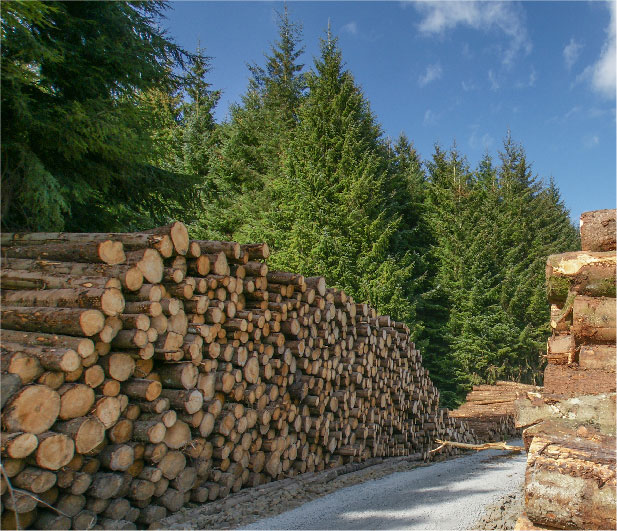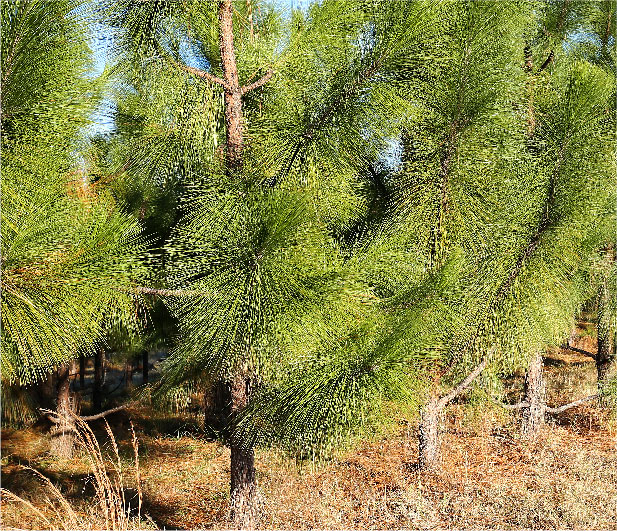Asset Class Definition
Timberland has become increasingly popular among large institutional investors and sophisticated high-net-worth investors during the last two-plus decades.
TIR’s Investment Value Drivers

Timber markets

Land markets

Biology
Investing in the Asset Class
Investors participate in the timberland asset class by acquiring freehold ownership rights, or operating rights, to working forests that are managed with a particular emphasis on growing trees for timber production. There are a variety of ways to categorize timberland in an investment context. Some investors classify it as a private equity asset class. Others view it as specialty real estate, natural resource or hard asset play. Still others view it as having attributes similar to long-term bonds because of its capacity to generate predictable cash flows while maintaining its principal value.
Timberland Investment Resources Europe LLP serves investors by helping them build and manage portfolios of timberland assets that reflect their specific objectives. We generate returns for our clients in three ways:
Income
Monetizing the broad range of values resident on their lands, including timber, mineral, energy, water, scenic, access and conservation rights, with a goal of optimizing near-term cash flow.
Appreciation
Improving their working forests, and especially the timber productivity attributes of the assets, to promote long-term capital appreciation.
Value Capture
Selling their lands, in part or in whole, at the end of their investment terms, or on an opportunistic basis, and in response to supply and demand trends.
How Timberland Returns are Generated



